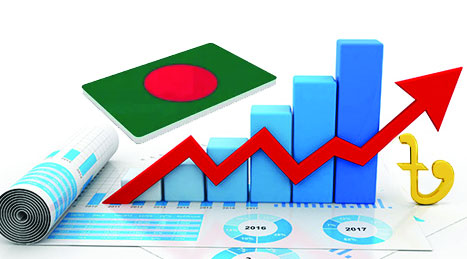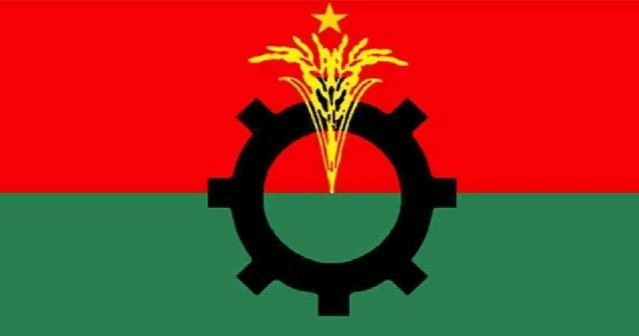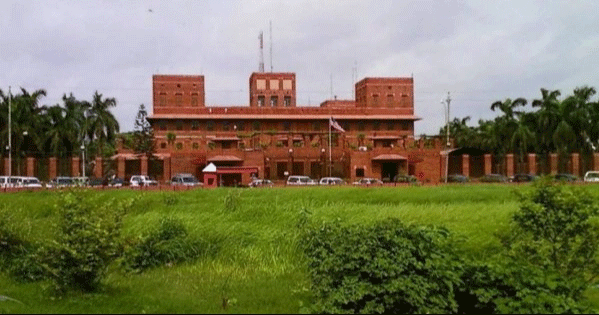BD keeps economy stable not with standing Geo-economic scenario
Industry Desk: Bangladesh is acclaimed by many as a model economy among South Asian countries with a number of successful projects in the basket. Economic Times reporter for foreign affairs, Dipanjan Roy Chowdhury, highlighted the economic aspects of Bangladesh in an article “Bangladesh keeps economy stable notwithstanding geo-economic scenario” on 1 August.
The article is given below as it is:
Bangladesh has come of age and, with broad-basing of its manufacturing sector and spur in infra projects, it can be an economy to watch out for in Asia.
From when (US Secretary of State Henry) Kissinger called it a ‘basket case’ in 1971, Bangladesh has come a long way. The recently inaugurated Padma bridge stands out. The international agencies that had refused to fund it are now congratulating Bangladesh on its completion.
Linking the southwest of the country to the northern and eastern regions, the road-rail bridge (Padma Bridge) built at a cost of USD 3.6 billion was inaugurated by Prime Minister Sheikh Hasina on June 25.
Bangladesh’s foreign exchange reserves now stand at more than $45 billion, despite rising import costs. Bangladesh’s growth rate was way above Pakistan, even before the pandemic; in 2018-19 it was 7.8% compared to Pakistan’s 5.8%
Bangladesh has given itself a roadmap – Vision for 2041 – aimed at ending absolute poverty and graduating into higher middle-income status by 2031, and becoming a developed nation by 2041, he said adding that the country is making progress in several social and economic sectors.
From agriculture to pharmaceuticals and from shipbuilding to garments, the country’s industrial base is diversifying and its exports increasing.
Bangladesh has its challenges but authorities have responded to keep the economy on an even keel. Government officials’ travel abroad is restricted, the taka has been devalued against the US dollar, remittances from abroad are rewarded with cash, and luxury goods are taxed, all of which are helping the country build up its reserves so it can easily meet import demand. In the meantime, the government’s policy of raising exports and lowering imports is helping the economy recover.
The impact of the Covid-19 pandemic on the economy, which is also constrained by the Russia-Ukraine conflict, cannot be denied. But the Hasina government is determined to keep the economy stable. The main pillars of the Bangladesh economy are garments and foreign exchange remitted by Bangladeshi workers abroad. The country’s foreign exchange reserves are in a stronger position than those in number of other developing countries.
In the early stages of the pandemic, many assumed that remittances would decline as many expatriates lost their jobs. However, due to the success of the government’s diplomatic efforts, many Bangladeshis have returned to their workplaces abroad and are sending back money at pre-pandemic rates.
The World Bank (WB)-International Monetary Fund (IMF) Spring Meeting in 2022 lauded Bangladesh for successfully implementing its policies to combat the Covid-19 pandemic and economic recovery from its effects.
Bangladesh has achieved a huge success in reducing infant and maternal mortality rates in the last five decades, securing the top position in South Asia.
According to the World Bank’s estimation, the current infant mortality rate for Bangladesh is 21 deaths per 1000 live births making 85% decline from 1971 as the rate was 141 deaths during Bangladesh’s independence.
Infant mortality rate in Pakistan is now 55, much higher than Bangladesh, but it was lower in 1971; 139 deaths per 1000 live births.
President Joe Biden tests positive for COVID-19 while campaigning in Las Vegas, has ‘mild symptoms’
International Desk: President Joe Biden tested positive for COVID-19 while traveling Wedne…








